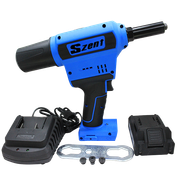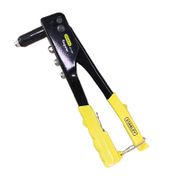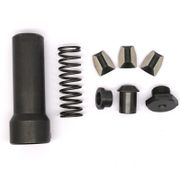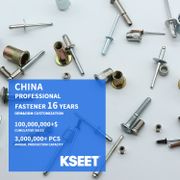Jeremy Shinton discusses the role of machine-to-machine communications as a driver for change.
The water industry is one of the most tightly regulated sectors, with companies under pressure not only to deliver optimum efficiency and productivity but to do so under the watchful eye of regulating bodies. This places stringent demands on the automation systems employed, where control architectures are implemented over vast sites and assets often spread over wide geographic areas. Pressures to optimise plant performance, increase availability, reduce installation and operational costs are acute, not just when it comes to ensuring reliable drinking water supplies but also as part of strategies to eliminate contamination risks from treatment plants and even to play a key role in minimising flood risk.
Meeting consumer and stakeholder demand effectively and efficiently, in a way that addresses the requirements of today’s increasingly stringent regulations, demands processes which are both robust and reliable. They also need to be capable of delivering the performance that is required for as long as it is needed – which may be decades! The consequences of falling short are severe, with the possibility of compromised supply quality, environmental impact and regulatory non-compliance risks.
What water companies are increasingly realising is that the key to meeting these diverse – and sometimes contradictory – requirements is data. In particular, it is about how much data you can collect, how quickly you can collect it and how best you can act on that data. The more data that can be collected and analysed, the more the intelligence of the automation systems at the heart of water plants can be increased. This enables improved operational control, remote management, predictive maintenance and quality.







